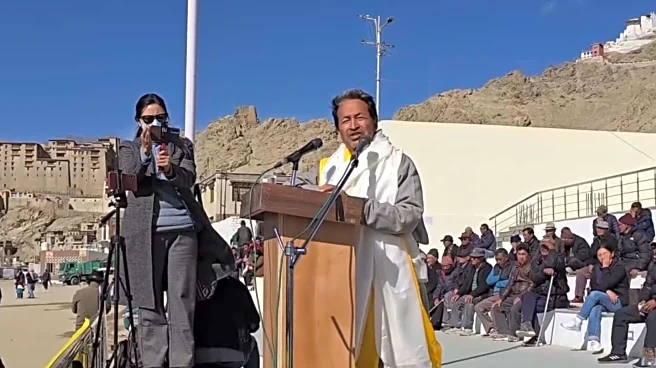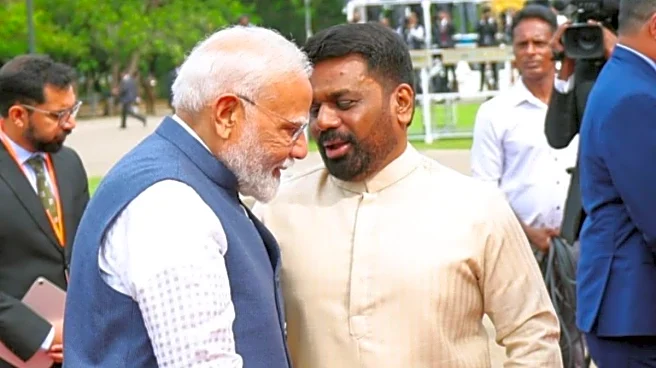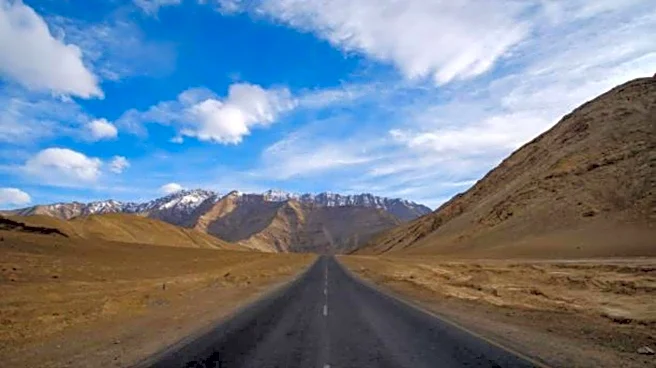The high-altitude Himalayan region of Ladakh has emerged as the epicentre of persistent protests since its reorganisation as a Union Territory in 2019, with residents demanding greater political autonomy,
constitutional safeguards for their fragile environment, and protections for Ladakh’s unique cultural identity. What began as peaceful demonstrations against central government policies escalated into arson, clashes, and street protests, culminating in deadly violence, killing four and injuring scores.
These protests, led by youth, according to climate activist Sonam Wangchuk, highlight deep-seated frustrations over governance, land rights, and economic marginalisation in the region, which was carved out as a separate Union Territory from Jammu and Kashmir after the abrogation of 370 and bifurcation into two UTs.
Origins: From Integration to Issues
Ladakh, home to a diverse population of Buddhists in Leh and Muslims in Kargil, was administered along with the rest of Jammu and Kashmir from Srinagar and after India’s independence and partition in 1947, Ladakh became part of Jammu and Kashmir state. For decades, Ladakhi leaders pushed for separation from the Kashmir Valley, citing cultural and other differences.
In the 1980s, Ladakhis voiced strong concerns regarding underdevelopment and insufficient representation in the then Jammu and Kashmir state government. This led to the formation of the Ladakh Autonomous Hill Development Council (LAHDC) in 1995, granting limited self-governance, but demands for full autonomy persisted. The turning point came in August 2019, when government of India abrogated Article 370, revoking Jammu and Kashmir’s special status and bifurcating it into two UTs: Jammu and Kashmir, and Ladakh.
Initially, many in Ladakh welcomed the move, viewing it as liberation from dominance of Jammu as well as Kashmir and a step toward betterment. However, celebrations soured quickly as the new UT status came without a legislature or elected assembly, leaving decision-making centralised in New Delhi.
Soon, this led to a feeling among locals who felt stripped of power over land use, mining, and development projects, fueling fears of “land grabs” by outsiders, unchecked industrialisation, and erosion of tribal rights.
By 2020, organised protests emerged, and two outfits shaped up in the form of the Leh Apex Body and Kargil Democratic Alliance, two key alliances representing Leh’s Buddhist-majority and Kargil’s Muslim communities.
Slowly, activists like Sonam Wangchuk, an innovator, engineer, and education reformist whose life inspired Aamir Khan’s character Phunsukh Wangdu in 3 Idiots, began hunger strikes to demand inclusion under the Sixth Schedule of the Indian Constitution – a provision that grants autonomy to tribal areas by protecting land ownership, customs, and resources from external interference.
Wangchuk argued that without these safeguards, Ladakh’s fragile ecosystem – vulnerable to climate change and mega-projects like dams and solar farms – faced irreversible damage, alongside job losses and cultural dilution.
Protests intensified in 2023-2024, with Wangchuk’s 21-day fast in March last year drawing thousands into sub-zero temperatures, shutting down Leh for weeks. These actions pressured the government into tripartite talks, but delays and perceived inaction reignited tensions.
From Peaceful Protest to Violence
What began as a peaceful protest and continued for years, turned violent on September 24, when a region-wide shutdown in Leh turned violent, resulting in at least four deaths, dozens injured, and widespread arson. Demonstrators marched on the local Bharatiya Janata Party office, accusing the ruling party of betraying promises made in 2019. In the 2019 Lok Sabha elections, and the 2020 Local Hill council elections, the BJP had promised Sixth Schedule for the Union Territory. The BJP emerged victorious from the Ladakh Lok Sabha seat in 2019.
Protesters torched the office and clashed with security forces, who fired tear gas and rubber bullets in response. The violence marked Ladakh’s worst unrest in decades. Government has dismissed the unrest as a “sinister plot” influenced by opposition politics, pointing to slogans like “Gen Z revolution” as evidence of external agitation. However, Wangchuk, who ended his fast amid the turmoil, framed it as a desperate cry for constitutional protections, vowing to continue the agitation non-violently.
Core demands of people in Ladakh include statehood: full state status with an elected legislature to restore local decision-making, sixth schedule status: safeguards against land alienation and to preserve tribal identity, job and land protections: reservations for locals in government jobs and restrictions on outsider land purchases and environmental governance: a say in projects that threaten water sources and biodiversity.
Blame Game
Officials allege that Sonam Wangchuk’s provocative speeches which include references to “Arab Spring-style” uprisings and the Gen Z-led protests in Nepal incited protestors, leading a mob to leave his hunger strike spot and attack government and political offices in Leh.
The Ministry of Home Affairs in a statement said that, despite ongoing negotiations with LBA and KDA VIA a high-powered committee, Sonam continued his protest, further escalating tensions.
Sonam has denied any role in the violence and emphasised his commitment to peaceful protests. He told the media virtually that due to the fainting of two elderly individuals during the hunger strike, anger rose among the youth, which led to violence.
The High-Powered Committee meeting with the Centre is set for October 6, 2025.

/images/ppid_a911dc6a-image-17587206518718635.webp)



/images/ppid_59c68470-image-175873256625083161.webp)

/images/ppid_a911dc6a-image-17587232364969003.webp)
/images/ppid_a911dc6a-image-175879093583183640.webp)




